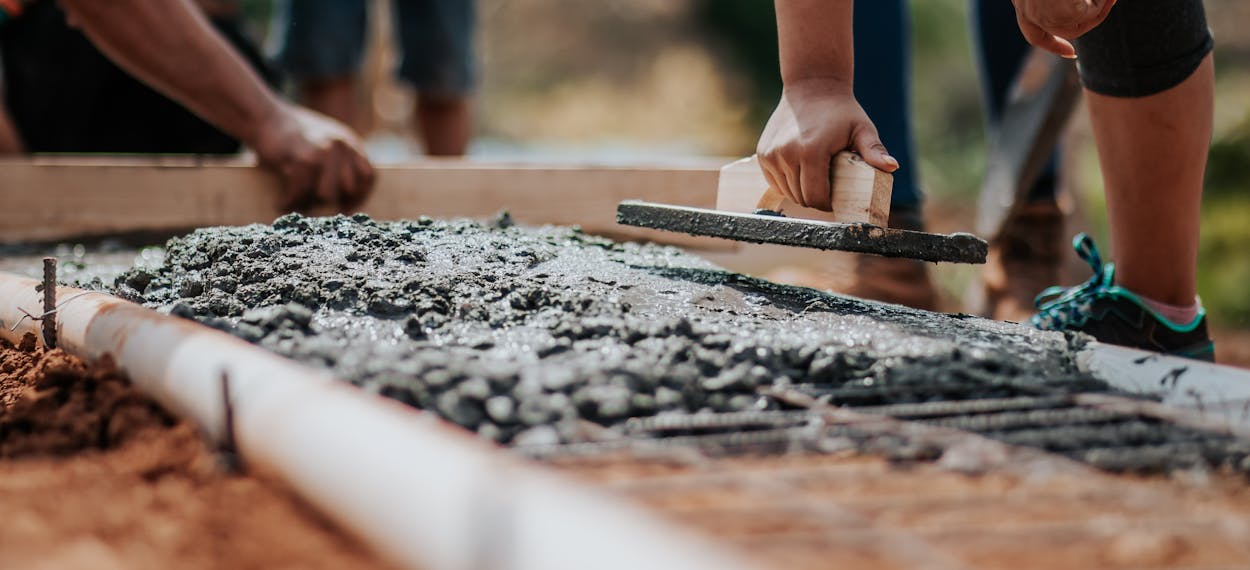In this article, thepassionatewriter.com will try to examine how to maintain concrete.
How To Maintain Concrete?
Concrete maintenance, in other words, concrete curing, is to prevent water loss that may occur after placing the concrete or after the manufacture of concrete products and to ensure that hydration reactions occur in the appropriate manner and at the right time. Cement hydration lasts for days, weeks, or even months. A sufficient amount of water and temperature are required for the hydration reaction to continue. If these conditions are not met, the strength and durability expected from concrete cannot be achieved.
Three ways are followed to prevent the concrete from losing water and drying out, and thus to maintain the hydration of the cement:
- The concrete surface is covered with a waterproof (nylon-polyethylene) cover.
- It is ensured that the surface of the concrete remains constantly moist. Generally, water is sprayed with a hose or mechanical spraying system, or a water pond is created.
- The concrete surface is covered by using chemical curing additives.
Especially in concrete works with large surfaces, water lost through evaporation will cause hydration reactions to slow down.
Curing With Water
The concrete surface must be kept wet at all times. The appropriate cure time is approximately 7 days. This period should be extended during winter months. Wetting the concrete surface by spraying water is a very good curing method. If this process is done at intervals, care should be taken to ensure that the concrete surface does not remain dry. The only disadvantage of this system is its cost. A sufficient amount of water and an experienced applicator is required for the proper operation of the system.
By using a cloth or other water-retaining covers, the concrete surface can be kept wet and evaporation is reduced. To prevent surface deterioration, water retaining covers should be laid as soon as the concrete hardens. You should be more careful and attentive, especially in the corners of the floor. Covers should be kept constantly wet.
Curing With Chemicals
Care should be taken to ensure that the chemical material, which must be used in accordance with the user manual, does not come into contact with the skin and eyes.
Curing The Concrete Surface by Covering it with a Cover
The chemical curing materials applied vary depending on the type of work. Chemical substances that are white or aluminum in color form a thin polymer layer on the concrete surface. The water in the liquid material evaporates over time and the chemical substance in the compound forms a membrane-like layer on the concrete surface. This layer not only reduces evaporation to very low levels but also ensures the refraction and reflection of sunlight on the concrete surface, especially in hot seasons, and in applications such as concrete roads.
Polyethylene covers should be applied to the elements within half an hour after the formwork is removed and to the floors as soon as the concrete gains sufficient hardness. The application should start before the concrete surface dries. If the concrete is stamped concrete or a patterned road, the covers should be placed on a light framework. In this way, the concrete surface remains intact. In this type of cure, there is no need to wait for the water in the concrete to sweat and evaporate before placing polyethylene covers. Curing application can begin when the concrete is placed.

Leave a Reply